
“Most of these advancements haven’t really been down to any fundamental chemistry improvements,” says Mauro Pasta, an applied electrochemist at the University of Oxford. “What’s changed the game has been the economies of scale in manufacturing.”
Liu points to a prime example: the roll-to-roll process used for the cylindrical batteries found in most of today’s EVs. “You make a slurry,” says Liu, “then you cast the slurry into thin films, roll the films together with very high speed and precision, and you can make hundreds and thousands of cells very, very quickly with very high quality.”
Lithium-ion cells have also seen big advances in safety. The existence of that flammable electrolyte means that EV crashes can and do lead to hard-to-extinguish lithium-ion fires. But thanks to the circuit breakers and other safeguards built into modern battery packs, only about 25 EVs catch fire out of every 100,000 sold, versus some 1,500 fires per 100,000 conventional cars—which, of course, carry around large tanks of explosively flammable gasoline.
In fact, says McCalla, the standard lithium-ion industry is so far ahead that solid-state might never catch up. “EVs are going to scale today,” he says, “and they’re going with the technology that’s affordable today.” Indeed, battery manufacturers are ramping up their lithium-ion capacity as fast as they can. “So I wonder if the train has already left the station.”
But maybe not. Solid-state technology does have a geopolitical appeal, notes Ying Shirley Meng, a materials scientist at the University of Chicago and Argonne National Laboratory. “With lithium-ion batteries the game is over—China already dominates 70 percent of the manufacturing,” she says. So for any country looking to lead the next battery revolution, “solid-state presents a very exciting opportunity.”
Performance potential
Another plus is improved performance. At the very time that EV buyers are looking for ever greater range and charging speed, says Louli, the standard lithium-ion recipe is hitting a performance plateau. To do better, he says, “you have to go back and start doing some material innovations”—like those in solid-state batteries.

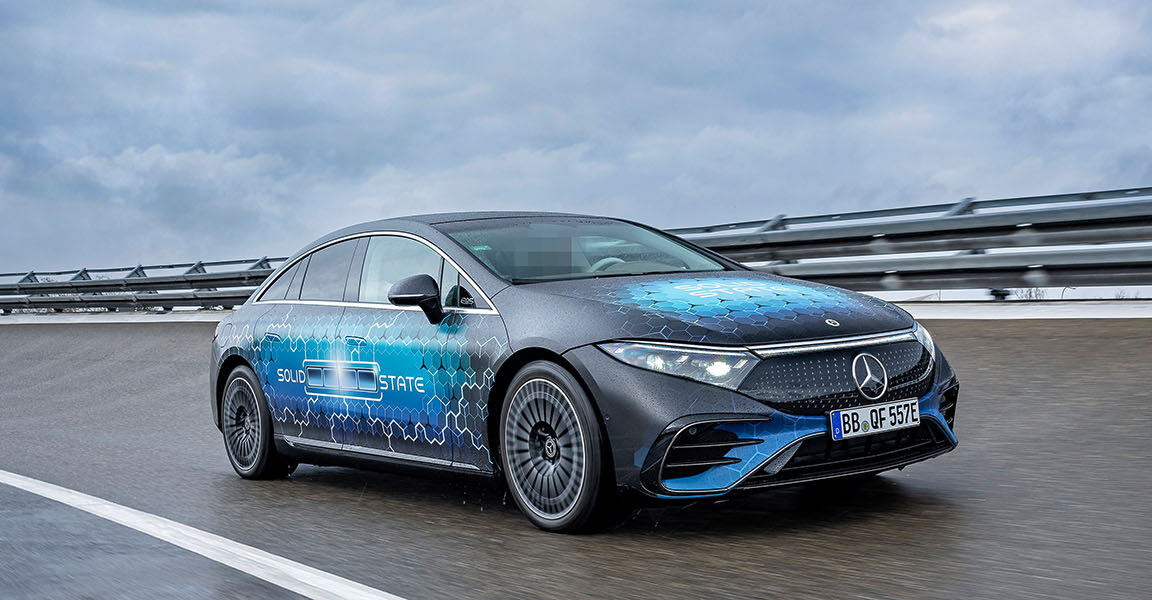


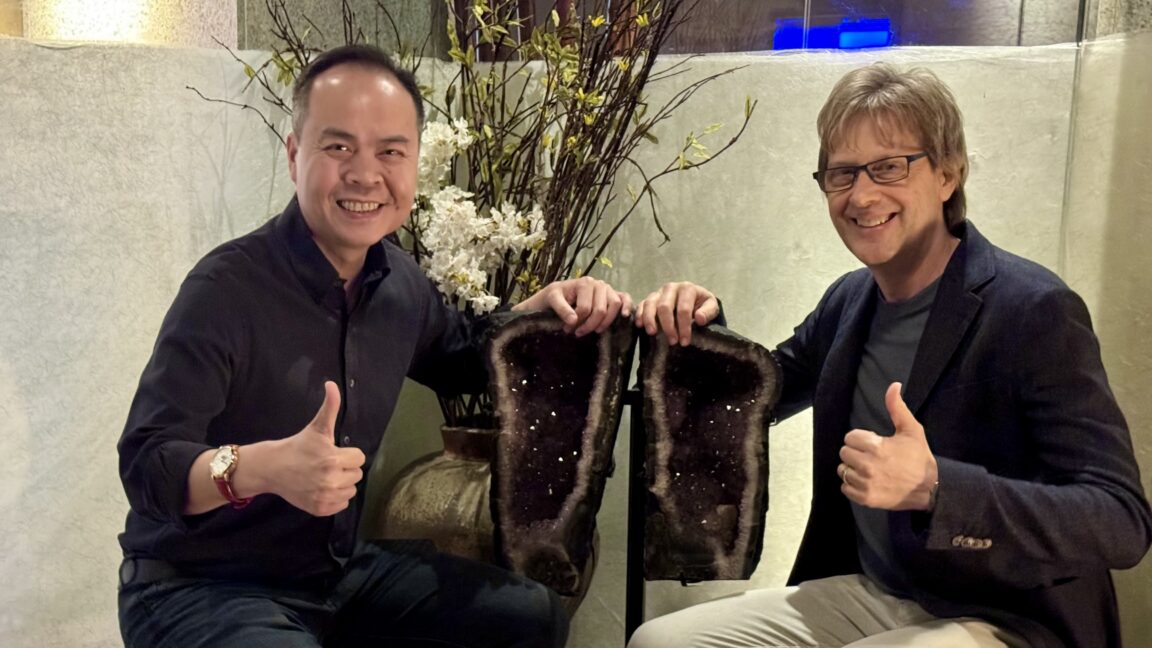


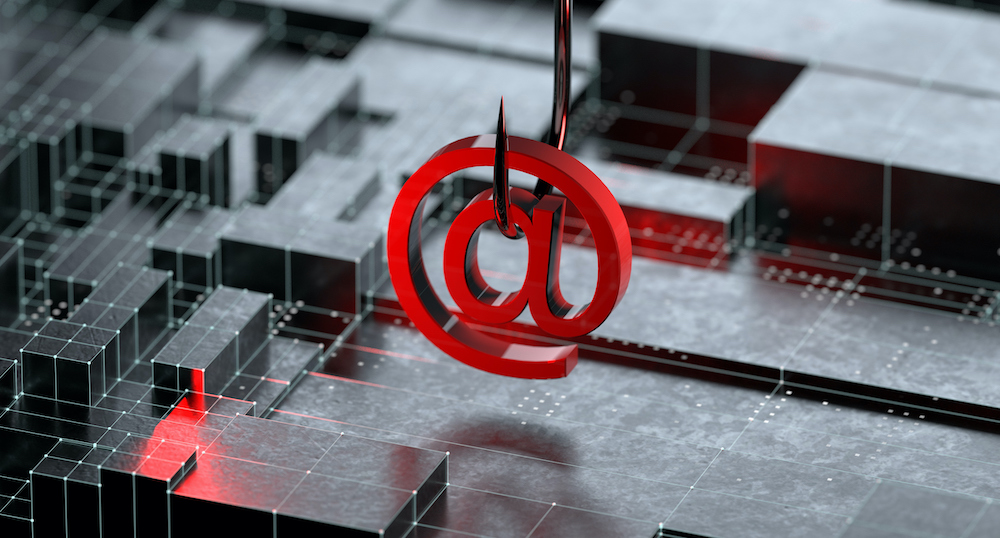
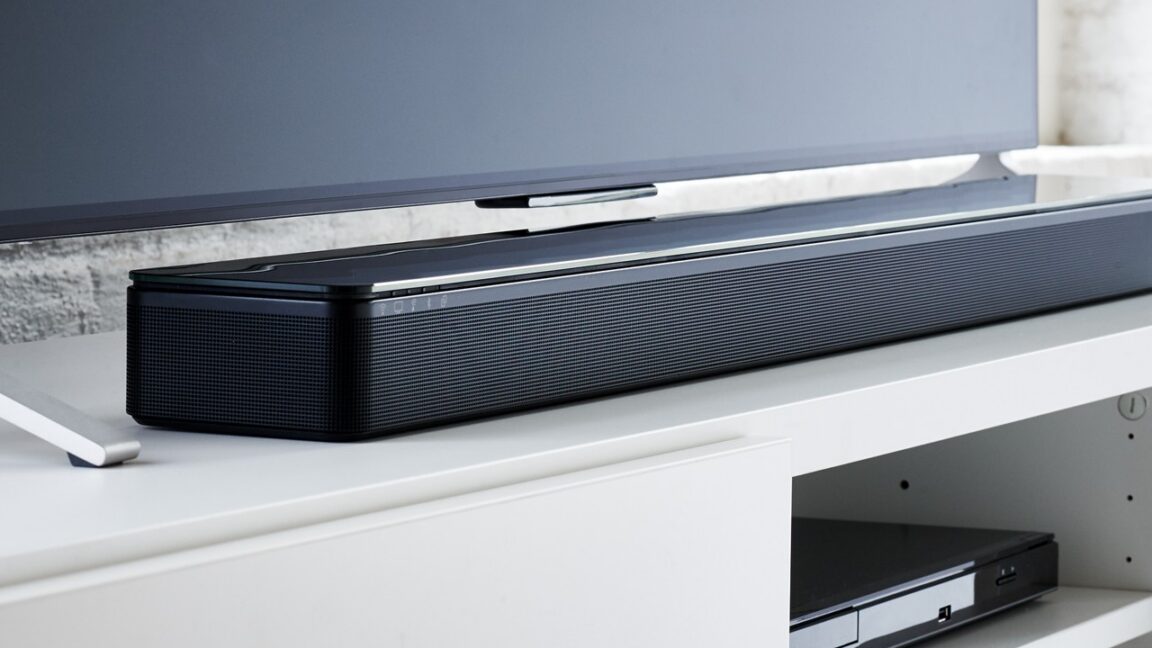
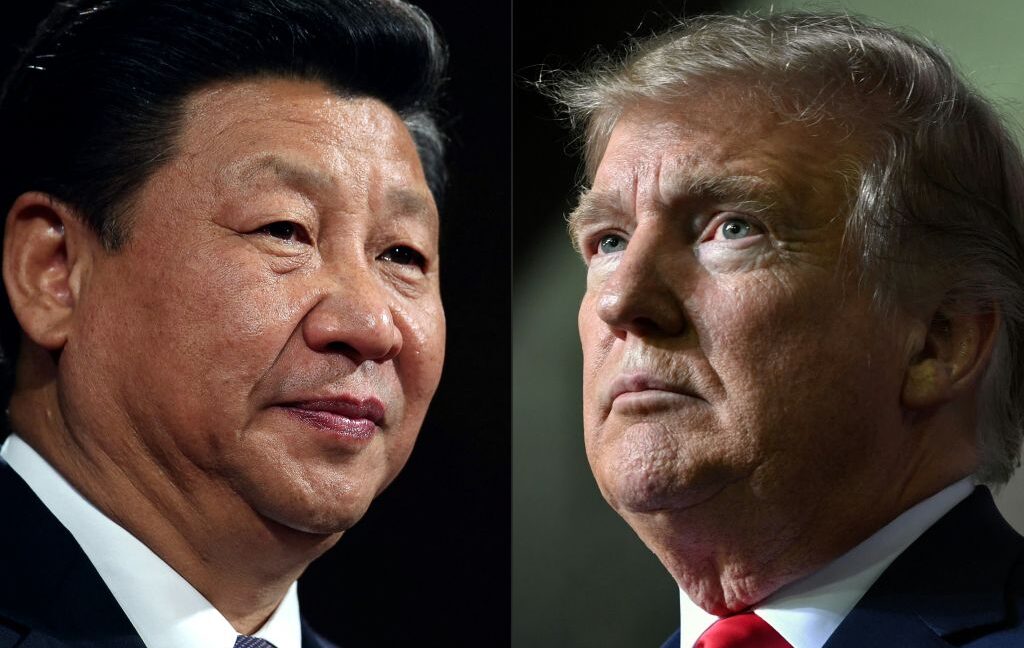

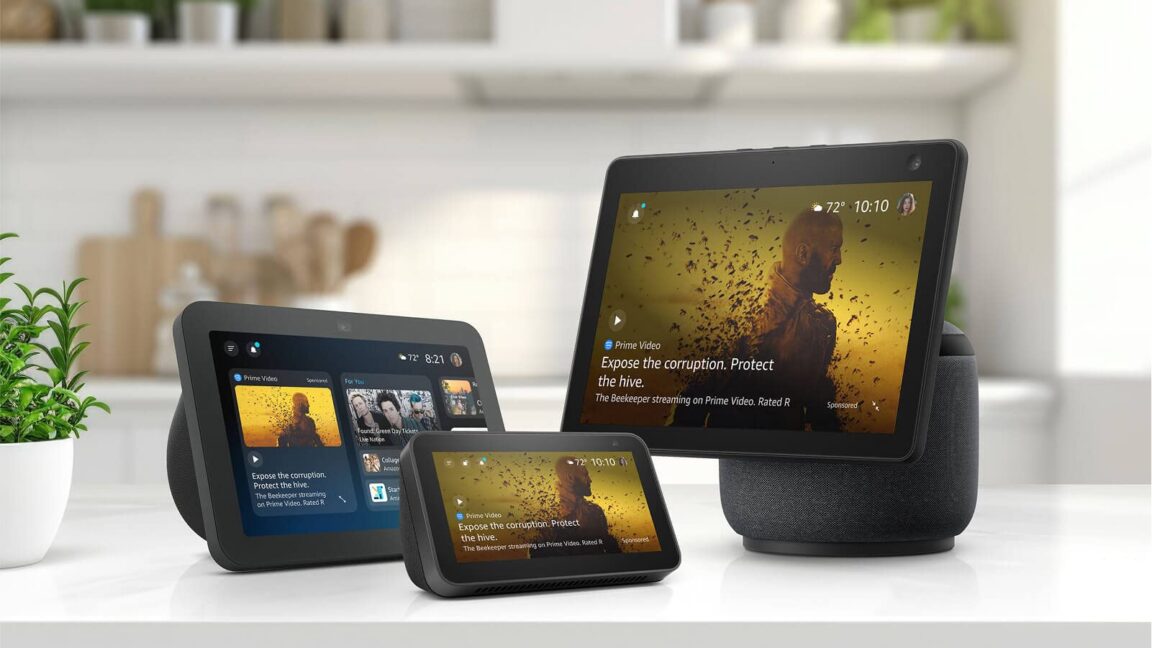



Leave a Reply